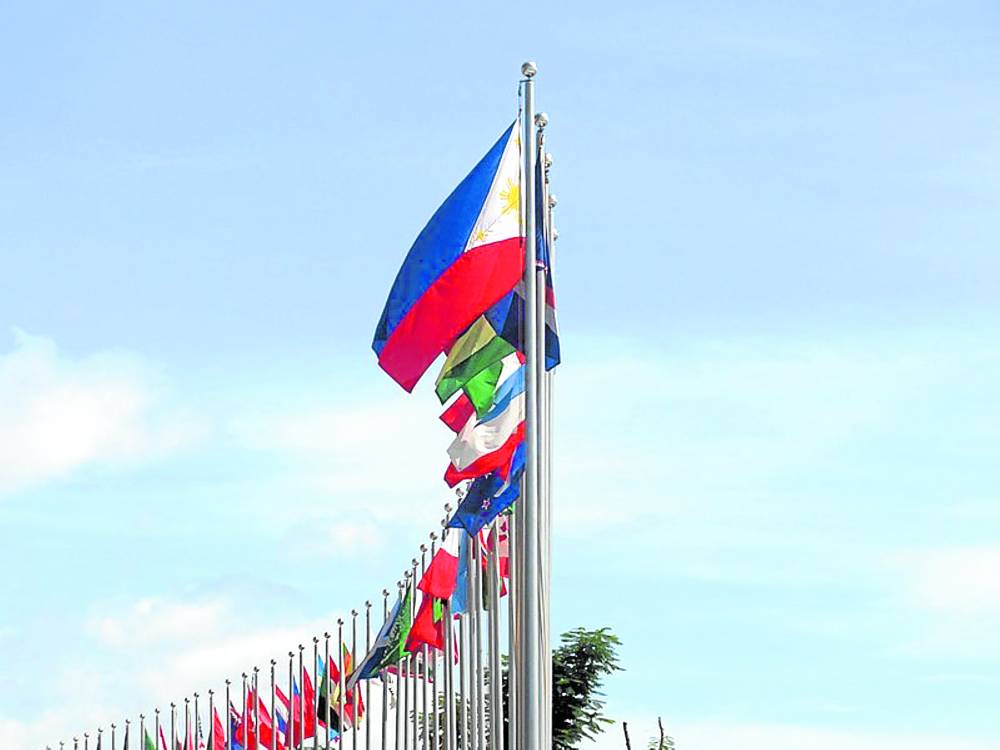How much premium are you willing to pay to live in or near the so-called international spaces?
In an age where life quality benchmarks are defined by terms that easily get co-formulated through social media, how are we processing our residential location choices? The home address in many cultural contexts profiles people based on associations and socially constructed standards. The site, architecture and development features of residential areas, therefore, are subjected to pressures to be at par with universally accepted molds.
Globalization, as an economic system that links places across national and socio-cultural boundaries, has been a strong driving force to the what and where of things in urban settings.
With post-modernist features defined by the need to be flexible and agile, city elements are constantly reconfiguring as part of the adaptive process (Schneider, 2000, Cox, 1997). Global and globalizing cities express these dynamic movements in distinct ways that figure in personal and household investment decisions.
CONTEMPORARY TRANSLATIONS OF INTERNATIONAL SPACES
The meeting of the local and the global manifests in urban spaces that attract, and at the same time, disincentivize proximity to these places to some extent.
Institutions such as embassies, international non-government organization offices, international schools and international financing institutions are typically in central business districts (CBDs) that feature high end amenities, IT-enabled connectivity and tight security systems. Business establishments such as restaurants cater to an international market that is culturally diverse. As in-CBD settings, disincentives include traffic congestion, exorbitant rental rates and high prices of real estate.
Economic centers and business establishments account for the vibrance and robustness of places that are marked by the concentration of multinational chains, global brand retail shops. Places anchored on economic zones and industrial parks with international locators significantly transform cities as multiplier effects manifest in urban geography. Lifestyles and tempo of everyday activities are eventually changed by these economic triggers.
Cultural convergence translates to very distinct neighborhoods that are formed out of the need to be within comfort zones as foreigners go through the assimilation process.
The Chinatown, Korean Villages and retirement communities for foreigners exhibit homogeneity in physical elements that capture the residents’ countries of origin. Such being the case, these residential areas may be socially impermeable and, therefore, highly exclusive.
Theme-based developments—ranging from residential subdivisions to recreational resorts that virtually transport users to foreign settings—abound due to their marketability. The use of motifs and materials that project foreign architecture can add value as these cater to the preferences of buyers for thematic spaces. Setbacks could be felt as these spaces fail to perform vis-à-vis our local climate and behavior settings.
Places near the international gateways, like airports and seaports, are favored for accessibility features. Distance and connectedness to highways and transportation facilities account for ease of mobility that is important for people who are frequent travelers.
Disincentives may come in the form of environmental issues due to the air and noise pollution that come with the proximity to transport corridors.
HYBRIDIZED SPACES THROUGHOUT HISTORY
From the pre-Hispanic times when barangays traded via sea routes, the meeting of cultures has resulted in two-way transformations that are accommodated by hybridized spaces.
The bahay na bato, the churches and plazas, the cabizeras in the country speak of the mutual adjustment process as traditions, geographies and technologies melded during the Spanish colonial period. The health and educational institutions, which reflected the principles of order that governed the American colonial period, also made their way to our urban landscapes while incorporating responses to local realities.
OVERCOMING THREATS AND CHALLENGES
As the wheels of globalization continue to operate, the humaneness of places cannot be traded off with efficiency and productivity goals.
Moving on to the 21st century and beyond, the fusion of local and foreign elements will continue to define our cities.
As the global production and distribution systems make for integrated city networks, fears of cultural erosion and loss of local places are instigated. Are we really headed towards a future in which the concepts of country and sovereignty are irrelevant?
Being in international spaces offer perks that do present opportunities to learn through physical encounters with foreign culture. Social networking is facilitated by proximity to and concentration of spaces that are patronized by the foreign community. Architecture and development features that are at par with global standards do attract foreign direct investments that can have transformative and catalytic effects on places.
While international spaces have positive impacts on life quality and overall national development, there is also a need for local and national governance that will avert tendencies towards social polarization and marginalization.
As real estate value goes up with the redefinition of urban spaces, the less equipped in terms of accessing in-city housing should be in the planning equation. Heritage sites and structures, ancestral domains, and protected natural settings should not be compromised as we strive to be at par with international standards.
As the wheels of globalization continue to operate, the humaneness of places cannot be traded off with efficiency and productivity goals.
References: Schneider, Robert A. (2000). The Postmodern City from an Early Modern Perspective. The American Historical Review. Dec., 2000, Vol. 105, No. 5, pp. 1668-1675. Oxford University Press on behalf of the American Historical Association Stable; Cox, Kevin R., editor. (1997). Spaces of Globalization, Reasserting the Power of the Local. G.uilford Press
The author is a Professor at the University of the Philippines College of Architecture, an architect and urban planner
